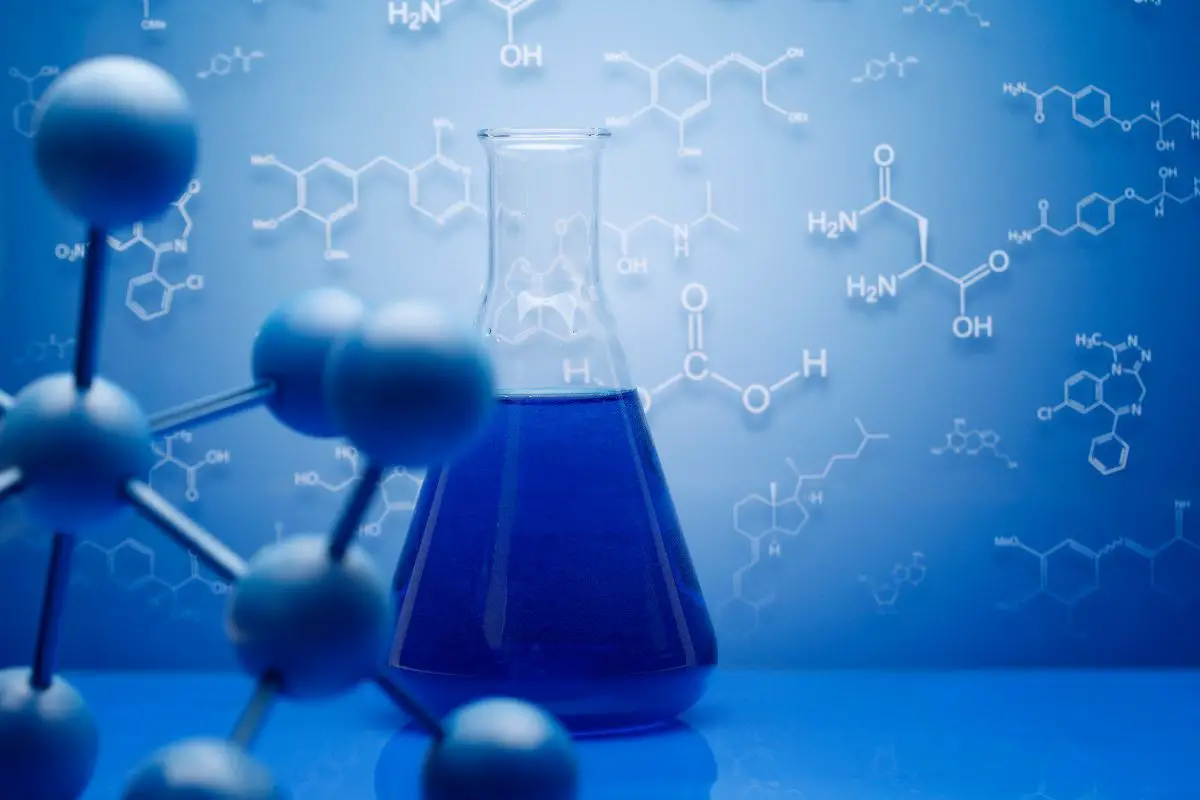Caffeine is a natural product found in coffee beans. It is one of the reasons many people drink coffee. Caffeine is famous for increasing your energy levels, improving your productivity, increasing your alertness levels, and preventing the onset of tiredness. Despite the many benefits, some coffee drinkers prefer decaffeinated coffee – this is coffee that has most caffeine removed. Usually, decaf coffee is 97% caffeine-free.
There are several methods used to remove caffeine from coffee beans. Some methods are considered unnatural since chemicals are used in the process, while others are considered natural. Usually, it’s challenging to remove caffeine from coffee beans without interfering with the numerous compounds in coffee beans. This is one of the reasons why most decaf brands use chemicals in the decaffeination process. With that said, what chemicals are in decaf coffee?

What Chemicals are in Decaf Coffee?
As mentioned earlier, most decaffeination processes involve the use of chemicals. The commonly used chemicals in the process are methylene chloride and ethyl acetate. These chemicals are primarily used in thinners and paint strippers. However, the chemicals aren’t considered a health risk when it comes to decaffeination. In fact, the FDA has concluded these chemicals’ potential health risks as non-existence.
Not to mention, the FDA allows ten parts per million of residual methylene chloride use in the decaf process. However, the coffee industry only uses around one part per million in the process.
What’s more, it’s unlikely for methylene chloride and ethyl acetate to survive during the roasting process of the coffee beans. This is because the two chemicals are highly volatile. For example, methylene chloride vaporizes at a temperature of 104 degrees Fahrenheit. On the other hand, coffee beans are roasted at around 400 degrees Fahrenheit. Additionally, the coffee brewing process takes place at about 200 degrees Fahrenheit. Therefore, it’s unlikely that the chemical solvents will end up in your coffee. That said, you don’t have to worry about health risks while consuming decaf coffee.
Basically, there are two common decaffeination methods used. These are the solvent-based decaffeination methods and the non-solvent-based decaffeination methods. Let’s take a look at these methods to understand the decaffeination processes.
Solvent-Based Decaffeination Process
Solvent-based decaffeination process involves the removal of caffeine from coffee beans through the use of solvents such as ethyl acetate and methylene chloride. The solvent-based decaffeination process is usually divided into two methods – these are direct and indirect methods.
The direct decaffeination method involves soaking the coffee beans directly in the solvents so that you can remove caffeine. On the other hand, the indirect decaffeination method consists in treating the caffeine-laden water with solvents. In the Indirect decaf method, the coffee beans lack direct contact with the solvents.
Non-Solvent-Based Decaffeination Process
The non-solvent-based decaffeination process is divided into two methods. These are the carbon dioxide process and the Swiss water process. These two processes are considered natural since there are no chemicals involved.
The Swiss water process relies on two major concepts to remove caffeine from the beans: osmosis and solubility. Basically, no chemicals are directly or indirectly used in the Swiss water process. Moreover, the Swiss water decaffeination facility is the only organic-certified facility in the world. The facility is certified by Kosher, Aurora, and OCIA.
On the other hand, the carbon dioxide decaffeination method involves using liquid carbon dioxide instead of chemical solvents. This process is mainly used for decaffeinating large quantities of coffee beans. This is a result of its high cost.
Generally, 70% of coffee beans are decaffeinated using solvent-based methods. Equally important, the early efforts of decaffeinating coffee involved using harmful chemicals such as benzene, dichloromethane, trichloroethylene, and chloroform. However, the decaffeination methods used today don’t pose any health risks.
Is Decaffeinated Coffee Safe?
If you’re worried about giving up your favorite decaf coffee, there’s no need. As mentioned earlier, the potential health risks of decaf coffee are close to non-existence. Not to mention, not all decaf methods involve the use of chemicals. The key here is being a conscious consumer. While buying your decaf coffee, look for brands that have the chemical-free, Swiss water, non-solvent, and certified organic wording on the packaging. Equally important, research the decaf coffee brands you consume to learn more about their decaffeination processes. Being armed with some knowledge doesn’t hurt.
Is Decaf Coffee Safer than Regular Coffee?
The difference between decaf and regular coffee lies in the caffeine content. Otherwise, decaf coffee has most of the compounds found in regular coffee. Additionally, decaf coffee has the health benefits that regular coffee has. That said if you’re looking to reduce the amount of caffeine, you’re consuming without skipping the benefits of consuming coffee, try decaf coffee.
How Much Decaf Coffee Should You Drink in a Day?
For decaf coffee, stick to two to three cups per day. Generally, you should drink at most three cups of coffee daily, equal to 300 milligrams of caffeine. On the other hand, you’ll need to drink five to ten cups of decaf coffee to ingest the amount of caffeine in two cups of regular coffee. However, it isn’t safe drinking five to 10 cups of decaf coffee. Therefore, two to three cups will be fine and safe.
Also read: What Is Decaf Coffee?